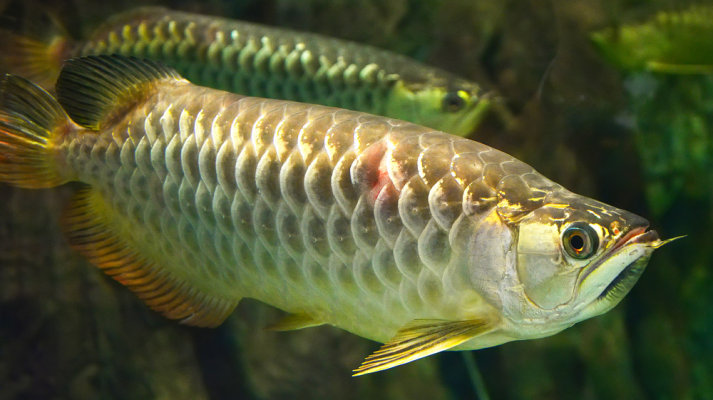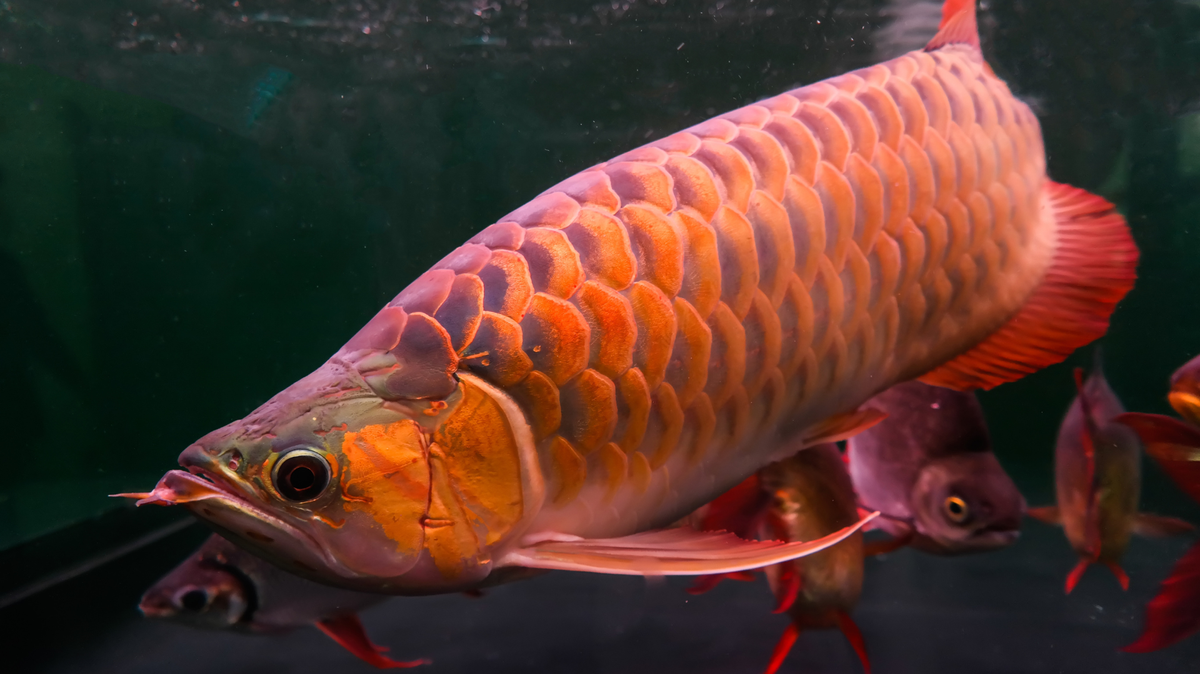Benefits of Keeping Yellow Tail Arowana Fish
Benefits of Keeping Yellow Tail Arowana Fish
Benefits of Keeping Yellow Tail Arowana Fish
The Yellow Tail Arowana is more than just a beautiful fish—it’s a symbol of elegance, prosperity, and good fortune in many cultures. Keeping one in your home aquarium is not just about aesthetics; it provides several benefits. These fish are highly intelligent and recognize their owners, creating a unique bond. Their graceful swimming style calms the environment, reducing stress and bringing peace to the surroundings. Additionally, as a carnivorous species, they help maintain a balanced ecosystem in the tank by controlling smaller pest fish populations.
Physical Characteristics
The Yellow Tail Arowana stands out due to its elongated body, metallic sheen, and, as the name suggests, its striking yellow tail. In captivity, it typically grows up to 24 inches (60 cm), though it may reach even larger sizes in the wild. Its body scales reflect light beautifully, creating an iridescent effect that shifts with movement. The long pectoral and pelvic fins add to its majestic appearance.
Origin and Habitat
Native to Southeast Asia, particularly in Indonesia, Malaysia, and Thailand, the Yellow Tail Arowana thrives in slow-moving freshwater rivers, swamps, and floodplains. It prefers warm waters (75–86°F or 24–30°C) with a slightly acidic to neutral pH. Due to its need for open swimming space, it often inhabits areas with abundant vegetation and a steady supply of prey.
Unique Breathing System
Arowanas possess a fascinating adaptation—the ability to breathe atmospheric air. Their swim bladder functions similarly to a lung, allowing them to survive in oxygen-deprived environments. When necessary, they surface to take in air, an ability that sets them apart from many other fish species.
Dietary Habits
In the wild, Yellow Tail Arowanas hunt opportunistically, feeding on insects, small fish, and crustaceans. In captivity, they require a protein-rich diet consisting of shrimp, worms, and high-quality pellets. Juvenile Arowanas, also known as baby arowana fish, need more frequent feedings, often up to three times a day. The baby arowana fish price varies depending on size and origin.
Aquariums and Zoos
Due to their rarity and beauty, Yellow Tail Arowanas are commonly featured in high-end aquariums and zoological exhibits. Public aquariums display them in large, well-maintained tanks, where they coexist with other freshwater species. Enthusiasts who buy Yellow Tail Arowana in Asia online must ensure they have a sufficiently large tank of at least 150 gallons to accommodate their growth.
Folklore and Mythology
The Arowana is often called the “Dragon Fish” due to its resemblance to mythical dragons. Many Asian cultures believe that owning an Arowana brings prosperity, luck, and protection from evil spirits. This belief contributes to the high demand for the fish, with certain rare variants ranking among the most expensive Arowana in the world.
Conservation Status
Overfishing and habitat destruction pose conservation concerns for some Arowana species. While the Yellow Tail Arowana is not as critically endangered as the Super Red or Platinum varieties, responsible breeding and trading practices are essential for preserving their numbers.
Conservation Efforts
Organizations and breeders strive to ensure sustainable practices by establishing captive breeding programs. International trade regulations, such as CITES (Convention on International Trade in Endangered Species), monitor and prevent illegal harvesting.
Life Cycle and Reproduction
Yellow Tail Arowanas are mouthbrooders, meaning the male carries fertilized eggs in his mouth until they hatch. This adaptation ensures high survival rates among juveniles. The fry emerge after about 50–60 days and remain close to the male for protection before becoming independent.
Sexual Dimorphism
Males and females look similar, but subtle differences exist. Males generally have a more elongated body and a broader mouth, while females are slightly rounder in shape.
Feeding Habits and Diet
A balanced diet is crucial for Arowana health. They thrive on a mix of live food, frozen food, and high-protein pellets. Overfeeding should be avoided to prevent digestive issues.
Utilization
Yellow Tail Arowanas are primarily kept as ornamental fish. Their striking appearance and cultural significance make them prized possessions among aquarists and collectors worldwide.
FAQ
Q: How big do Yellow Tail Arowanas get?
A: They can grow up to 24 inches in captivity and even larger in the wild.
Q: What is the best tank size for a Yellow Tail Arowana?
A: A minimum of 150 gallons is recommended, with larger tanks preferred for adult fish.
Q: Can Yellow Tail Arowanas live with other fish?
A: Yes, but they should be housed with similarly sized or larger, non-aggressive fish to avoid predation.
Q: Where can I buy a Yellow Tail Arowana in Asia online?
A: Reputable online stores and licensed breeders provide options for purchasing Arowanas legally.
Q: Why are some Arowanas the most expensive fish in the world?
A: Rare color morphs, breeding difficulty, and cultural beliefs contribute to their high price.
With its captivating beauty, deep cultural significance, and fascinating behavior, the Yellow Tail Arowana is a remarkable addition to any aquarium. If you are considering owning one, ensure responsible sourcing and proper care to enjoy this majestic fish for years to come.

